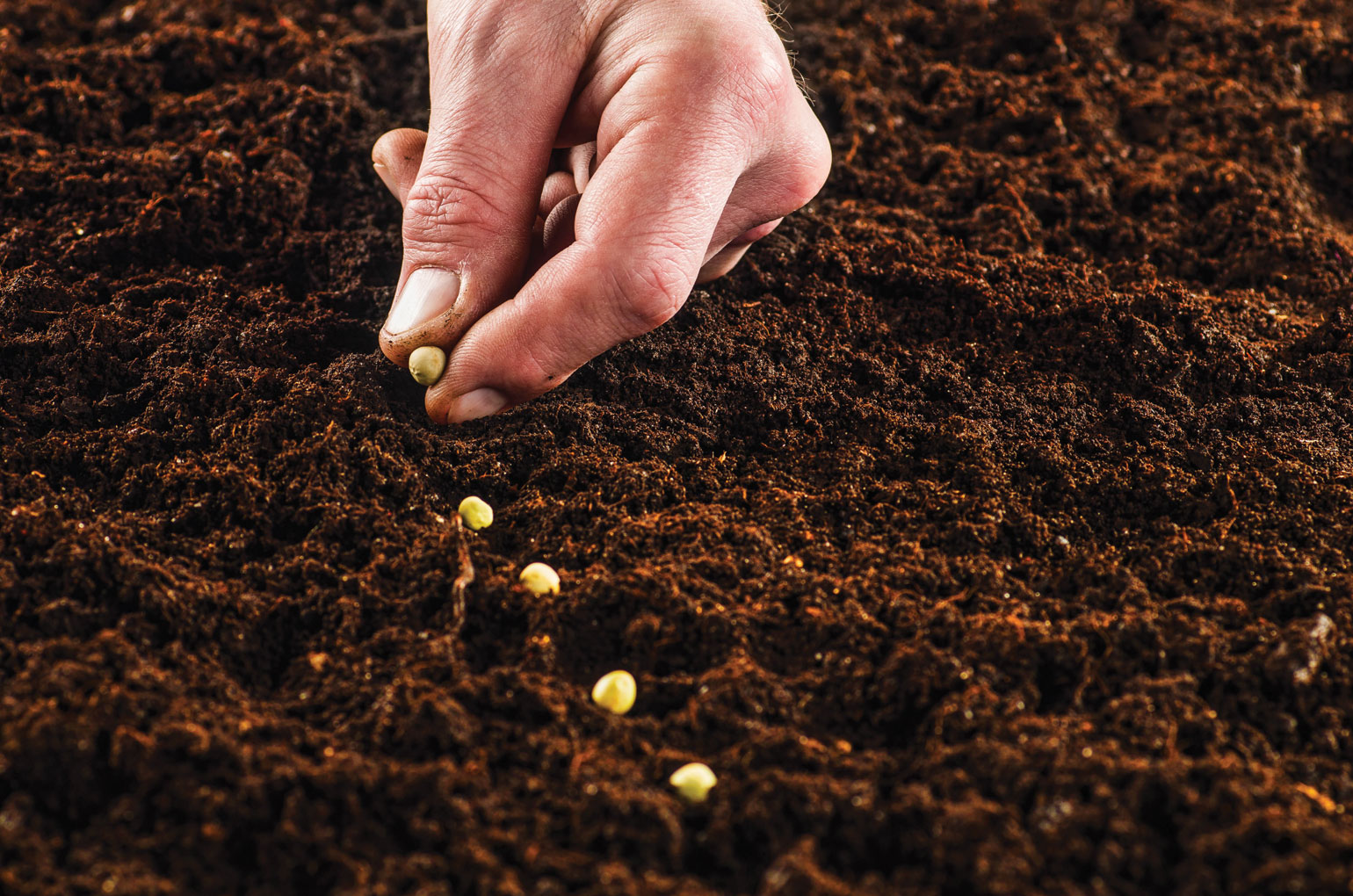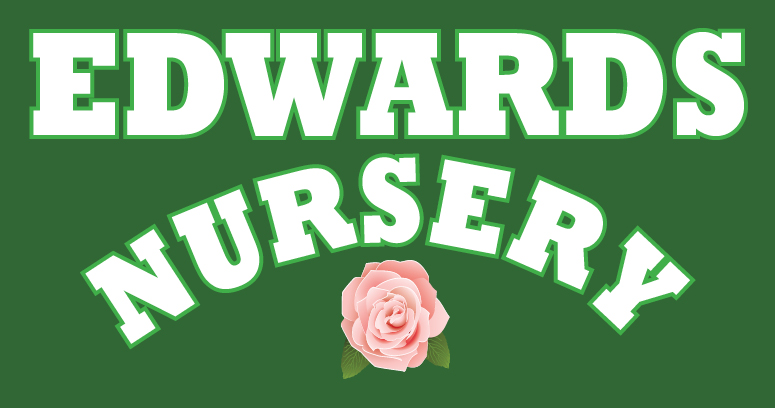
Now that you have your seeds, it is time to prepare sterilized containers (washed and then dipped in Clorox or hydrogen peroxide: 2 tablespoons/gallon of water, then rinsed). Fill flats with a commercial seed starting mix or a mix of your own with about half peat moss and half perlite. Water well and let the soil warm up to air temperature. Many times we water seed soil with a liquid fertilizer half strength before we seed.
Timing is important when determining which seeds to start inside or out, and in what order. Seeds that take the longest and need the most heat, such as super hot peppers, perennials, herbs, and certain annuals (petunias, begonias, tropical plants), are started first on a heating mat because soil temperature is usually 10 degrees cooler than air temperature. These are seeds that you want to transplant and then have ready to go out as soon as all danger of frost is over. (Later I will discuss in more detail how to harden off plants so you don’t lose them when you have gone to all the work of starting them). Always check to see how long seeds take to germinate and under what conditions. That way you can start the ones that grow under the same conditions at the same time. In addition, mix fine seeds with sharp white sand to make them easier to space out and not dump them all in one spot. Do the same for tiny outside seed plantings.
Planting Sequence (Early, Mid, Late, Fall) staggered:
(A) Early Vegetables - outside as soon as soil can be worked in March

COLE:
- Cabbage**
- Cauliflower**
- Broccoli**
- Brussels Sprouts**
- Kale
- Kohlrabi
ROOT:
- Radish
- Carrots
- Turnips
- Rutabaga
- Beets
- Parsnips
GREENS:
- Water Cress**
- Leaf Lettuce*
- Spinach
- Chard, Collards
- Mustard Greens
- Parsley
ONIONS:
- Onion sets/ plants
- Green Onions
- Chives
- Leeks
- Garlic (more often in Fall)
(B) Perennials: Asparagus, Rhubarb, Horseradish, Perennial Herbs
(C) Mid-Season Vegetables: 2nd planting of (A), plus Headed Lettuce, Potatoes, plus some of the more tender early vegetables, etc, or hot capped later vegetables.
(D) Late Vegetables (Usually planted early May; earlier if hot capped or covered): Corn, Tomatoes**, Melon*, Celery, Beans,Peppers**, Cucumbers*, Okra**, Yams**,Mung Beans, Eggplant**, Pumpkins*, Peanuts**, Soy Beans, Squash*, Sweet Potatoes**
**Could be started inside 4-8 weeks in advance
*Could be started inside 2-4 weeks in advance, not as necessary
Unstarred items should be planted directly in the soil
Early squash or melon seeds could be protected from birds with hot caps or plastic containers that have the bottoms cut off. Burlap or even newspaper could be used to protect peas and beans from birds until sprouted. In addition, there is a BIG DIFFERENCE between organic fertilizer and commercial. They are not the same!
Good luck! See us next week for soil condition and plant conditioning and protection!
Karen Edwards
509-760-2222
509-765-6367
Edwards Nursery
11230 Nelson Rd NE, Moses Lake, WA
Garden Center • Flowers • Plants • Seeds



